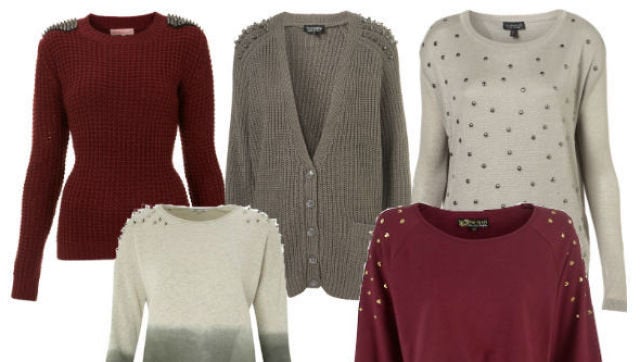
In Christmas pasts, I would navigate through the holiday rush trying to find that standard holiday gift, the perfect cashmere sweater for my sister or Mom. As I shopped, it would always surprise me to find $80, $200 and $400 cashmere sweaters. I would ask, "What's the difference?"
In Christmas present, I am the one selling the cashmere, but still hearing that question about the price variation. What makes good cashmere? And how do you avoid that beautiful sweater that is going to start pilling the first time you wear it?
After five years living in China, home to many of the goats of the world and, therefore, much of the cashmere production in the world, I have learned quite a bit about this fabric. It became clear that all cashmere is not created equal.
When I first started a cashmere line, I searched high and low for the perfect cashmere -- warm, but not heavy; soft, but not too lightweight; fabulous to the touch, but not going to pill and fall apart. It took some time -- and a lot of misunderstanding -- to become cashmere savvy. Here's hoping what I learned can help you become cashmere savvy too.
First -- and usually very clearly labeled -- are the cashmere mixes. These will have a percentage of wool added to the mix and will not, therefore, be as soft. It's always cheaper than the real deal, but it's a nice money-saving option.
The second variation is one-ply vs. two-ply. Two-ply literally means to have two strands making the fabric, instead of one. So, you end up with a slightly thicker sweater or scarf or gloves and, here is where the magic comes in, a cashmere that is less likely to pill. Flimsy cashmere feels great because it is so soft and light, but, in my experience, it will most likely not look as good next fall. If you want your cashmere to last, I have found that two-ply is the way to go.
So, what to do if the label says 100-percent cashmere, but you are still not sure? Pull it. That's right, give it a good tug. If it is made of 100-percent pure cashmere, it will easily return to its original shape. If not, it will fall out of shape.
And finally, the price. Why so much money for animal hair? Let's get back to the goat. Each goat only generates 50 grams of cashmere a year and Red Twist sweater wraps, for example, need 350 grams of cashmere, so that's seven whole goats for one sweater. That's a lot of goat and explains why your cashmere costs more depending on how much cashmere you are wrapping yourself up in. Wrap up and enjoy!